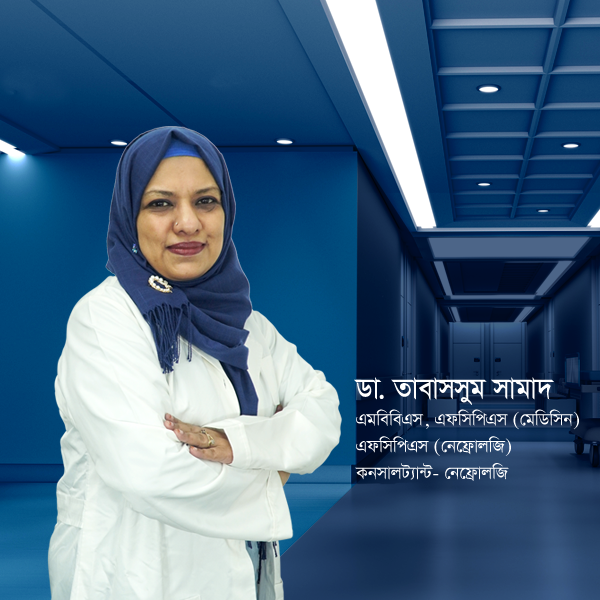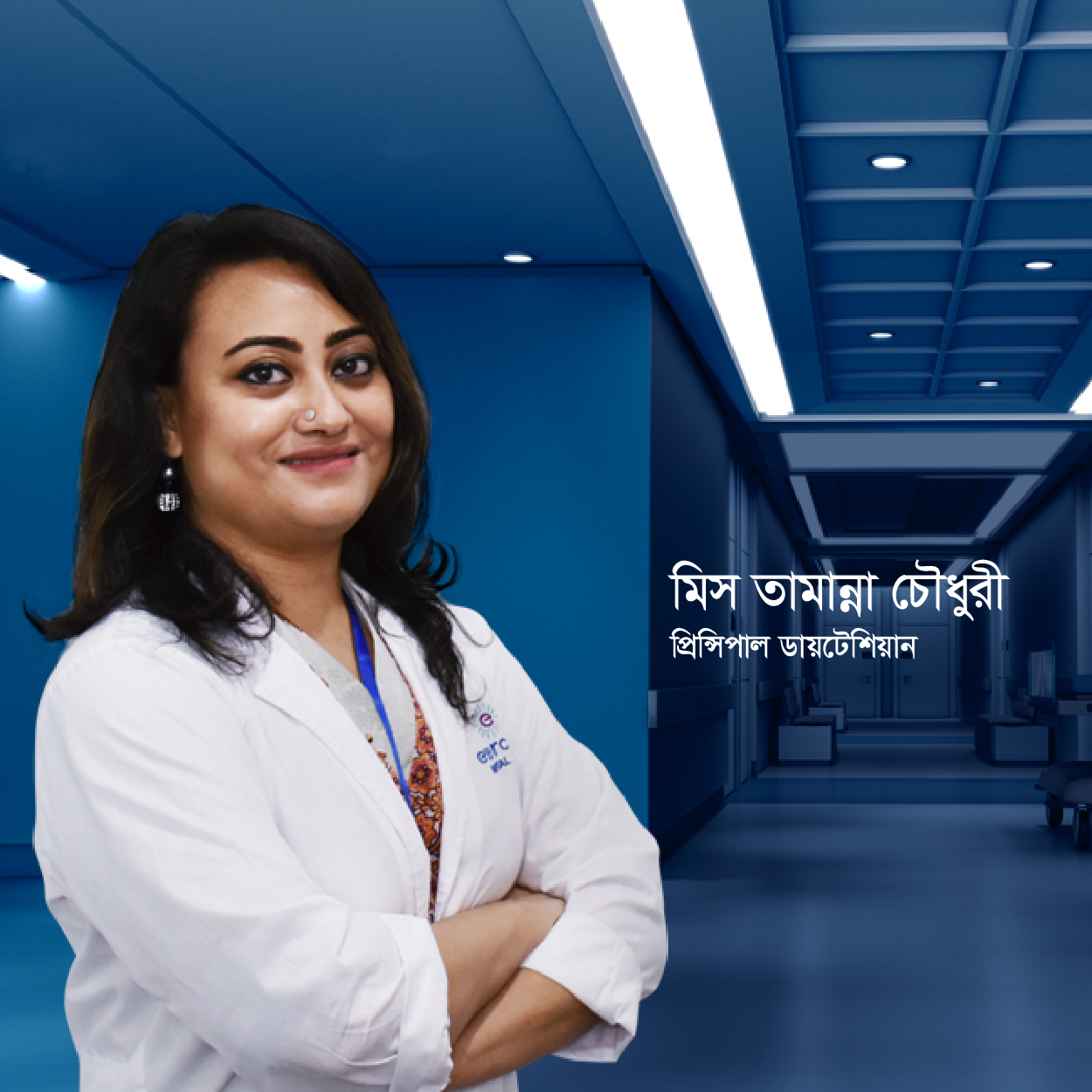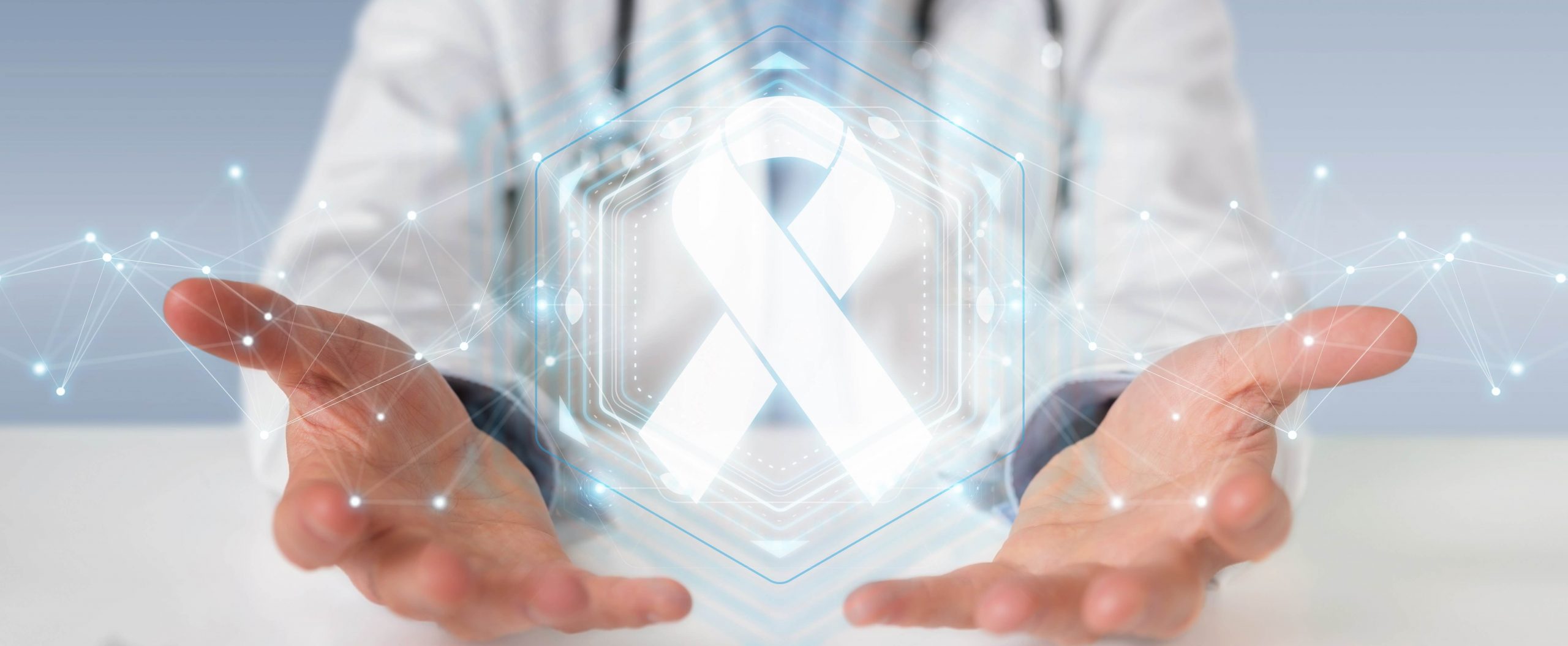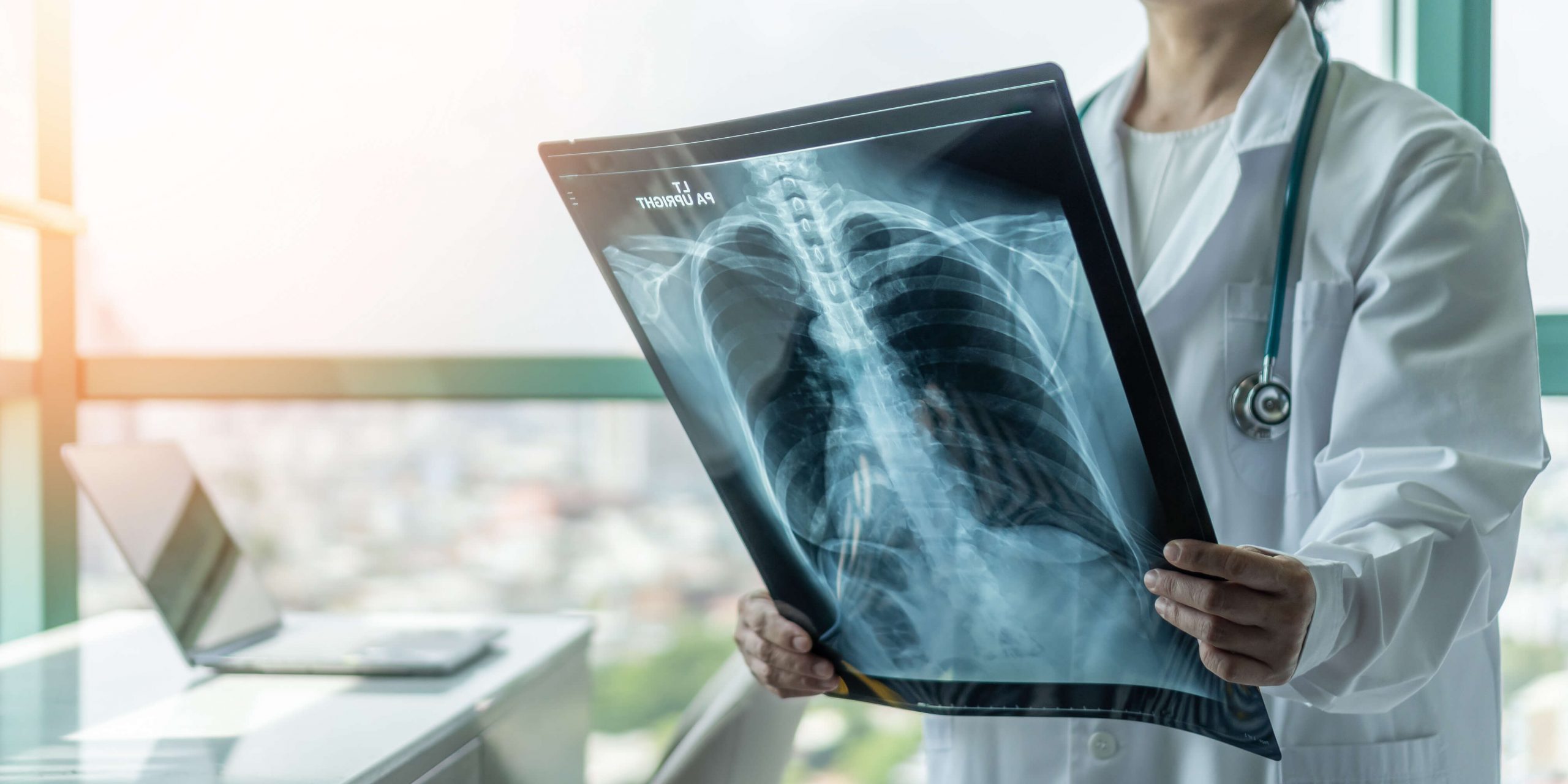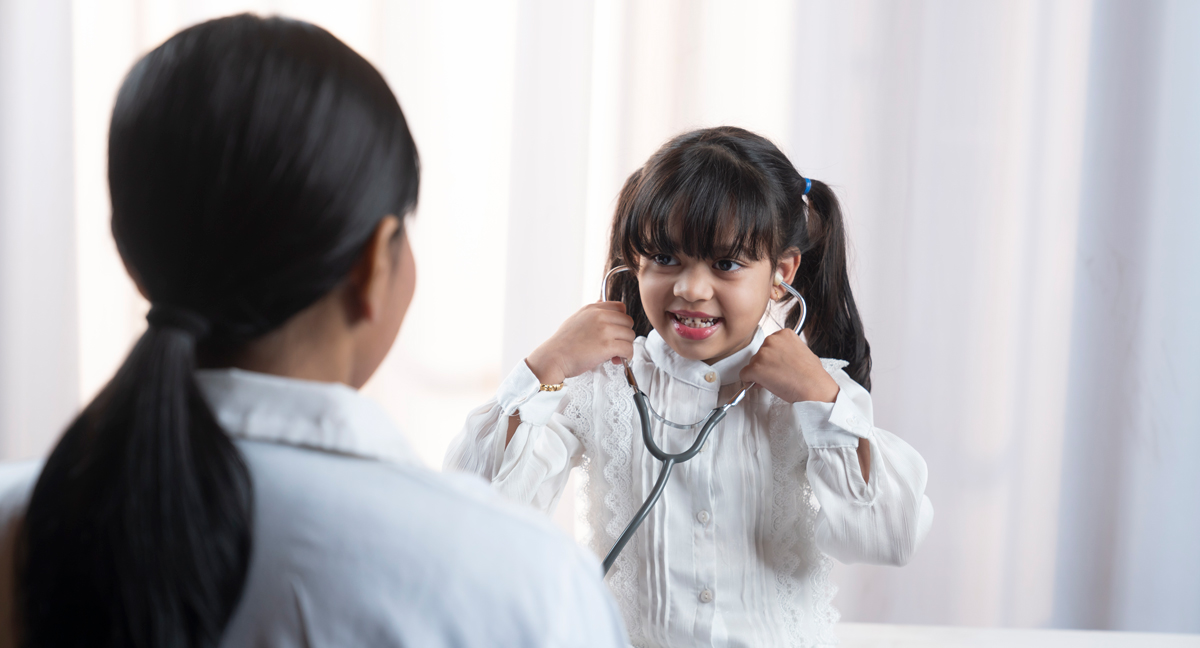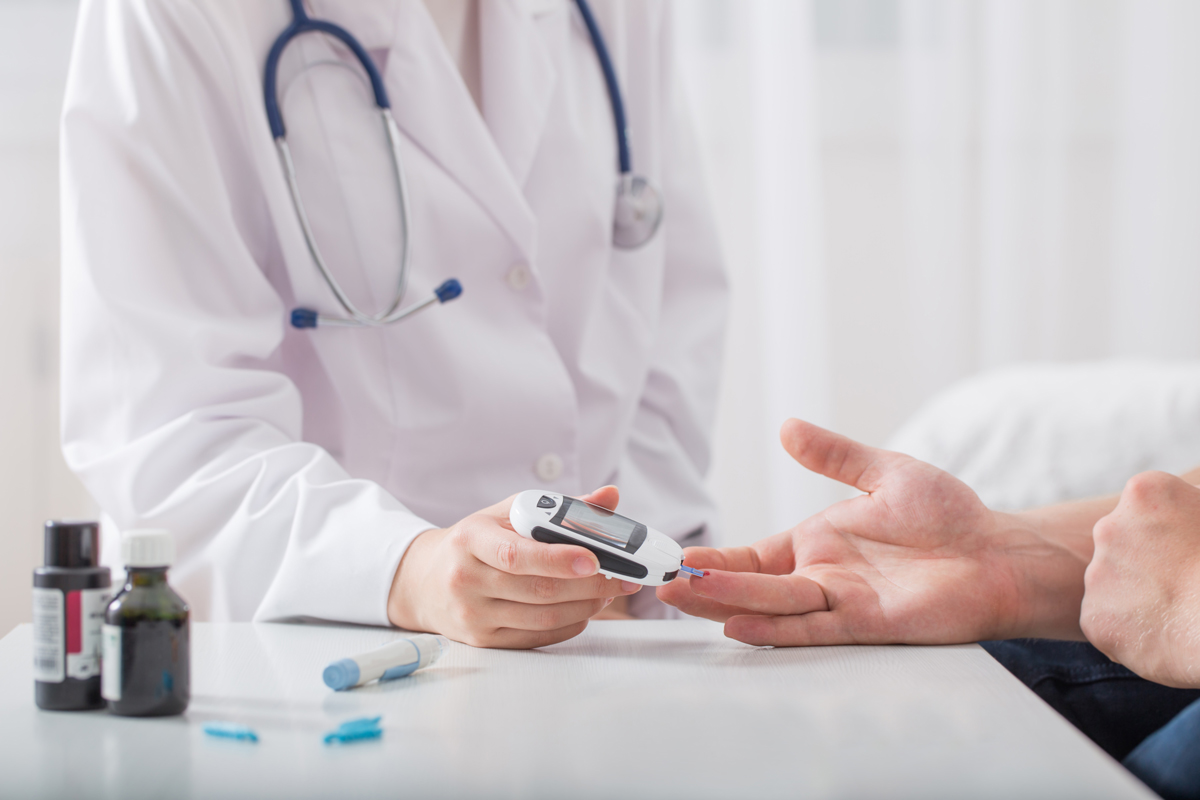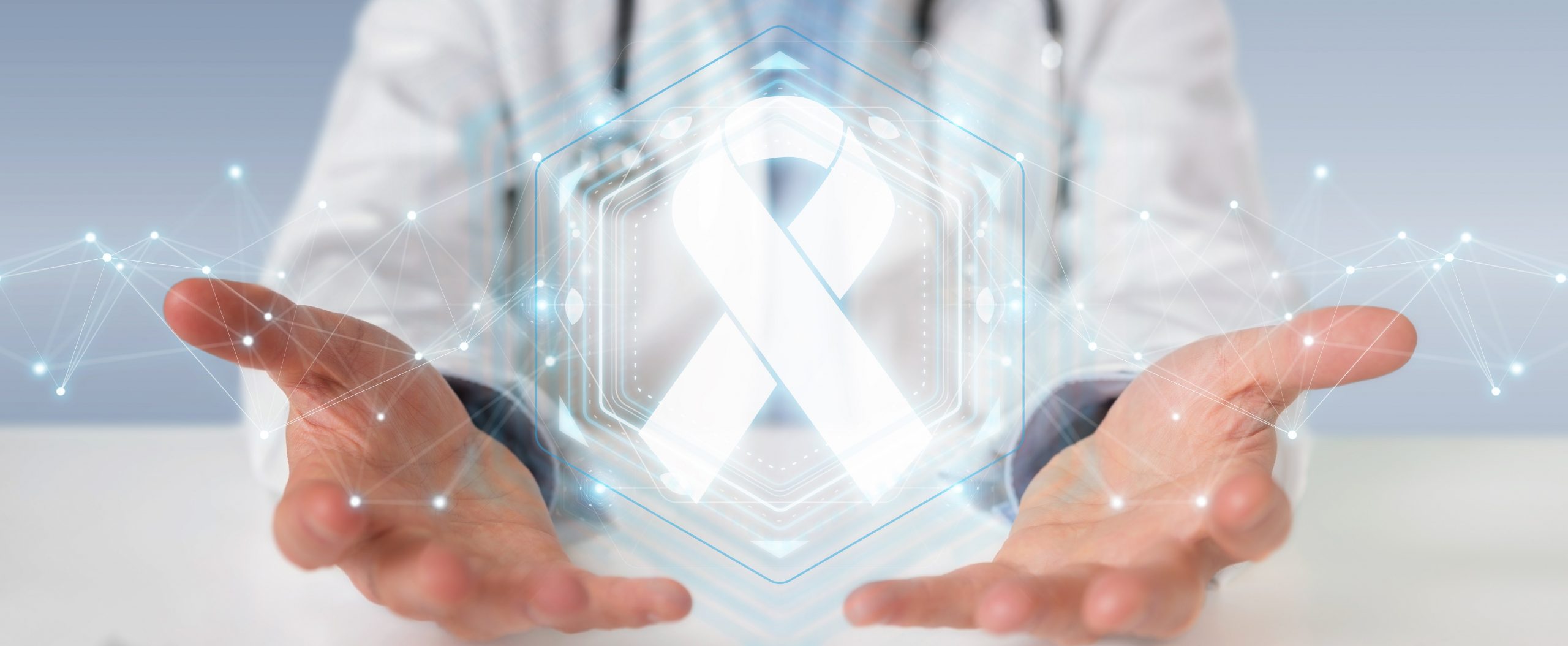বাংলাদেশে প্রায় দুই কোটি মানুষ কোনো না কোনো কিডনি রোগে আক্রান্ত। রমজান মাসে রোজা রাখা কিডনি রোগীদের জন্য বিশেষ চ্যালেঞ্জ হতে পারে। সঠিক পরামর্শ ও সতর্কতা মেনে চললে অনেক কিডনি রোগী নিরাপদে রোজা রাখতে পারেন।
যাদের জন্য রোজা রাখা ঝুঁকিপূর্ণ:
- চতুর্থ ও পঞ্চম ধাপের দীর্ঘস্থায়ী কিডনি রোগী: যাদের কিডনি কার্যকারিতা গুরুতরভাবে হ্রাস পেয়েছে এবং নিয়মিত ডায়ালাইসিস প্রয়োজন।
- নিয়মিত ডায়ালাইসিসে থাকা রোগী: ডায়ালাইসিসের সময়সূচি ও প্রয়োজনীয় তরল গ্রহণের কারণে রোজা রাখা তাদের জন্য কঠিন হতে পারে।
- মূত্রতন্ত্রের প্রদাহ বা আকস্মিক কিডনি বিকল রোগী: এ ধরনের অবস্থায় রোজা রাখা স্বাস্থ্যের জন্য ক্ষতিকর হতে পারে।
বিশেষ সতর্কতা:
- ডায়াবেটিস ও উচ্চ রক্তচাপ নিয়ন্ত্রণ: কিডনি রোগীদের মধ্যে ডায়াবেটিস ও উচ্চ রক্তচাপ সাধারণ সমস্যা। রোজা রাখার আগে এসব রোগ নিয়ন্ত্রণে রাখা জরুরি।
- পর্যাপ্ত পানি পান: ইফতার থেকে সেহরি পর্যন্ত সময়ের মধ্যে পর্যাপ্ত পানি পান করতে হবে, বিশেষ করে পাথরজনিত কিডনি রোগীদের জন্য এটি অত্যন্ত গুরুত্বপূর্ণ।
- সুষম খাদ্যাভ্যাস: ইফতার ও সেহরিতে কম লবণ ও চর্বিযুক্ত খাবার গ্রহণ করুন। তাজা ফলমূল, শাকসবজি, দই, পুডিং, সবজি ও সালাদ খাওয়া যেতে পারে। তৈলাক্ত ও ভাজা খাবার পরিহার করা উচিত।
- ওষুধ সেবন: রমজানে ওষুধের সময়সূচি পরিবর্তন করতে হতে পারে। সেহরি ও ইফতারের সময় ওষুধ সেবনের বিষয়ে চিকিৎসকের পরামর্শ নিন।
চিকিৎসকের পরামর্শ:
- হঠাৎ কিডনি বিকল হয়ে থাকলে (Acute kidney injury) রোজা রাখা যাবেনা।
- রোজা রাখার ৭ থেকে ১০ দিনের এর মাঝে সিরাম ক্রিয়েটিনিন, সিরাম ইলেক্ট্রোলাইট চেক করবেন। কোনো পরিবর্তন হলে ডাক্তারের পরামর্শ নিবেন।
- ডায়াবেটিস রোগীদের ক্ষেত্রে অবশ্যই ইনসুলিন নেয়া অথবা ওষুধের সময় ডাক্তারের পরামর্শ অনুযায়ী সমন্বয় করে নিবেন।
রমজানে রোজা রাখার আগে কিডনি রোগীদের অবশ্যই তাদের চিকিৎসকের সঙ্গে পরামর্শ করা উচিত। চিকিৎসক রোগীর শারীরিক অবস্থা মূল্যায়ন করে রোজা রাখার উপযুক্ততা নির্ধারণ করবেন এবং প্রয়োজনীয় পরামর্শ প্রদান করবেন।
সঠিক পরামর্শ ও সতর্কতা মেনে চললে কিডনি রোগীরাও রমজানে নিরাপদে রোজা রাখতে পারেন। তবে স্বাস্থ্যের অবনতি হলে রোজা ভেঙে দ্রুত চিকিৎসা গ্রহণ করা উচিত।
লেখকঃ
কনসালটেন্ট


